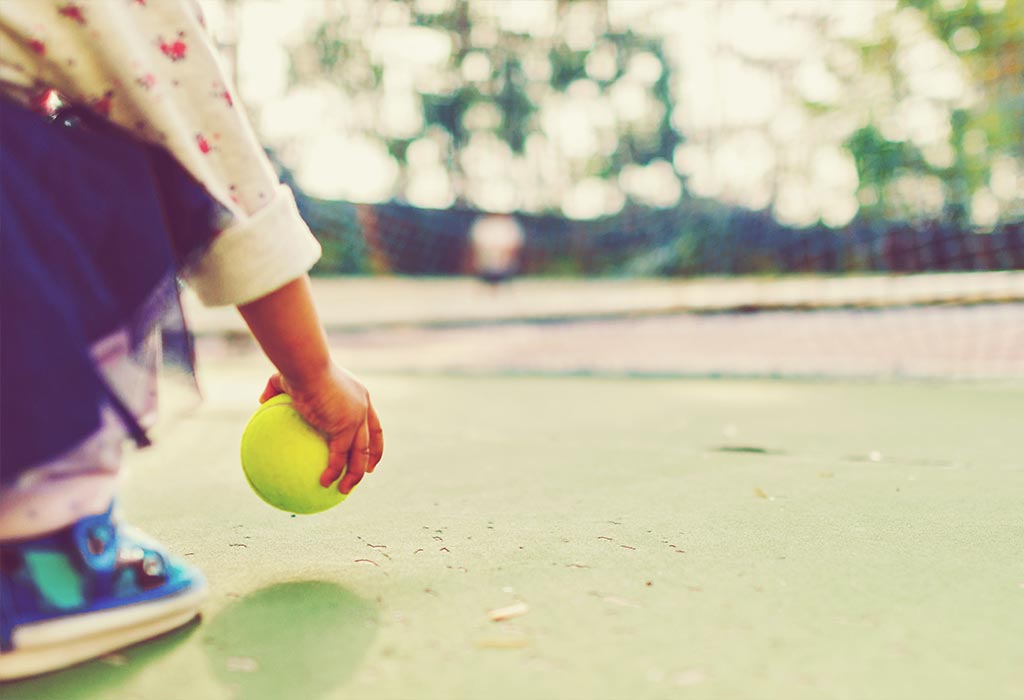
Helping your child find the perfect sport can be tough. Your neighbor’s kids are on the swim team, and your nieces and nephews play lacrosse, but which activity looks best for your own young athlete? You want something active, social and engaging that won’t require tons of expensive gear―gear that’s quickly outgrown. If your child isn’t sure what sport looks most appealing, try taking them to your local tennis courts.
Tennis is an excellent sport for young athletes, and it offers several hidden benefits that aren’t often found in other popular sports. From its low injury risk to its big fun guarantee, here are four reasons why you should encourage your child to play tennis.
Social Benefits
At first glance, tennis may seem like a solitary sport. Unlike the larger rosters of a baseball or basketball team, tennis’ two- and four-player matches could appear to lack the same social excitement of a big-group sport. However, despite the low numbers of players per game, tennis provides a great social outlet for young athletes.
An excellent method of introducing children to tennis is through local clinics. These programs typically group players by age and skill, which allows your child to meet other players in similar school grades and ability levels. As your child progresses, he or she can join the school tennis team or join larger tennis associations to meet players from across the city, state, country or even the world.
Tennis also provides a unique social aspect by allowing your child to play alone (singles) or with a partner (doubles). Whether your child would prefer to work on their individual skills or wants to play with a friend, both options are available on the tennis court. Not all sports can say that!
Lifelong Playtime
Athletes of all ages enjoy many different kinds of sports, but some activities have a longer “shelf life” than others. Adults who enjoyed a strong high school or collegiate athletic career may no longer have the time to play their favored sport. Some may not have access to the right facilities, and others may not feel as physically capable as they used to. Especially in cases of high-contact or team sports, players tend to lose touch with the games they loved as kids.
Unlike other popular sports, tennis is widely accessible, easy on the joints and keeps players social without requiring large team rosters. Local tennis clubs and larger tennis associations also keep players on the court long after their youth league days are over. Whether for competition or simply for leisure, tennis is a sport your child can play for as long as they please. Plus, according to a recent study highlighted in The New York Times, tennis could be linked to a longer life!
Low Risk for Injury
High-contact sports like football, basketball and soccer are favorites among young athletes, but they’re notorious for producing injuries. While all of these activities provide excellent sources of exercise and team-based playtime, they also create lots of tangled limbs. A tripping foot or a flying elbow could cause anything from a small bruise to a nasty concussion. If your athlete falls more on the younger side or feels uncomfortable in loud, crowded settings, high-contact sports might be more risk than fun.
Tennis is considered a fairly low-risk sport due to the lack of player-to-player contact and the injuries that accompany such activity. Tennis courts provide lots of space for young athletes to run and play without the same concern for butted heads that other sports bring. While basic physical injuries like trips or tears are still possible in tennis, the risk is small enough that athletes continue to play the sport well into their senior years.
Great Exercise
Whether you’re shuffling across the baseline or sprinting forward to slam a volley, tennis keeps your heart pumping and your body moving. Similar to high intensity interval training (HIIT), tennis produces short bursts of movement that keep your cardiovascular system on its toes.
While some sports might have your child glued to the bench or lingering on the field, tennis will keep them moving for the majority of a match. Plus, since tennis matches only involve two or four players at a time, the athletes have to move to ensure their success―a teammate isn’t always there to cover the ball.
from activekids


